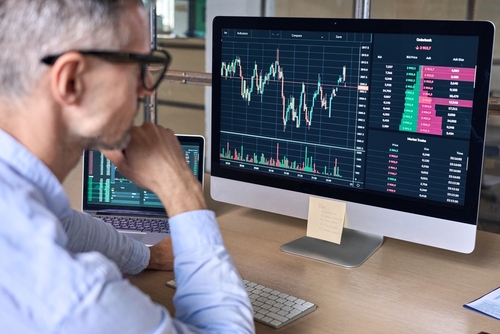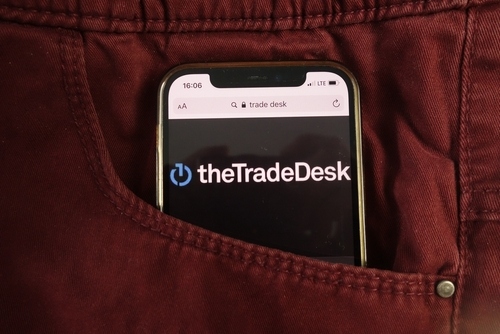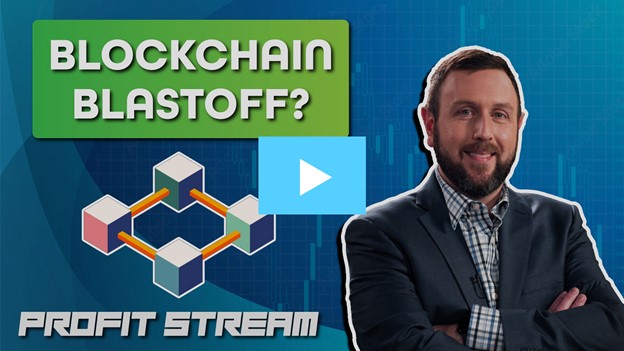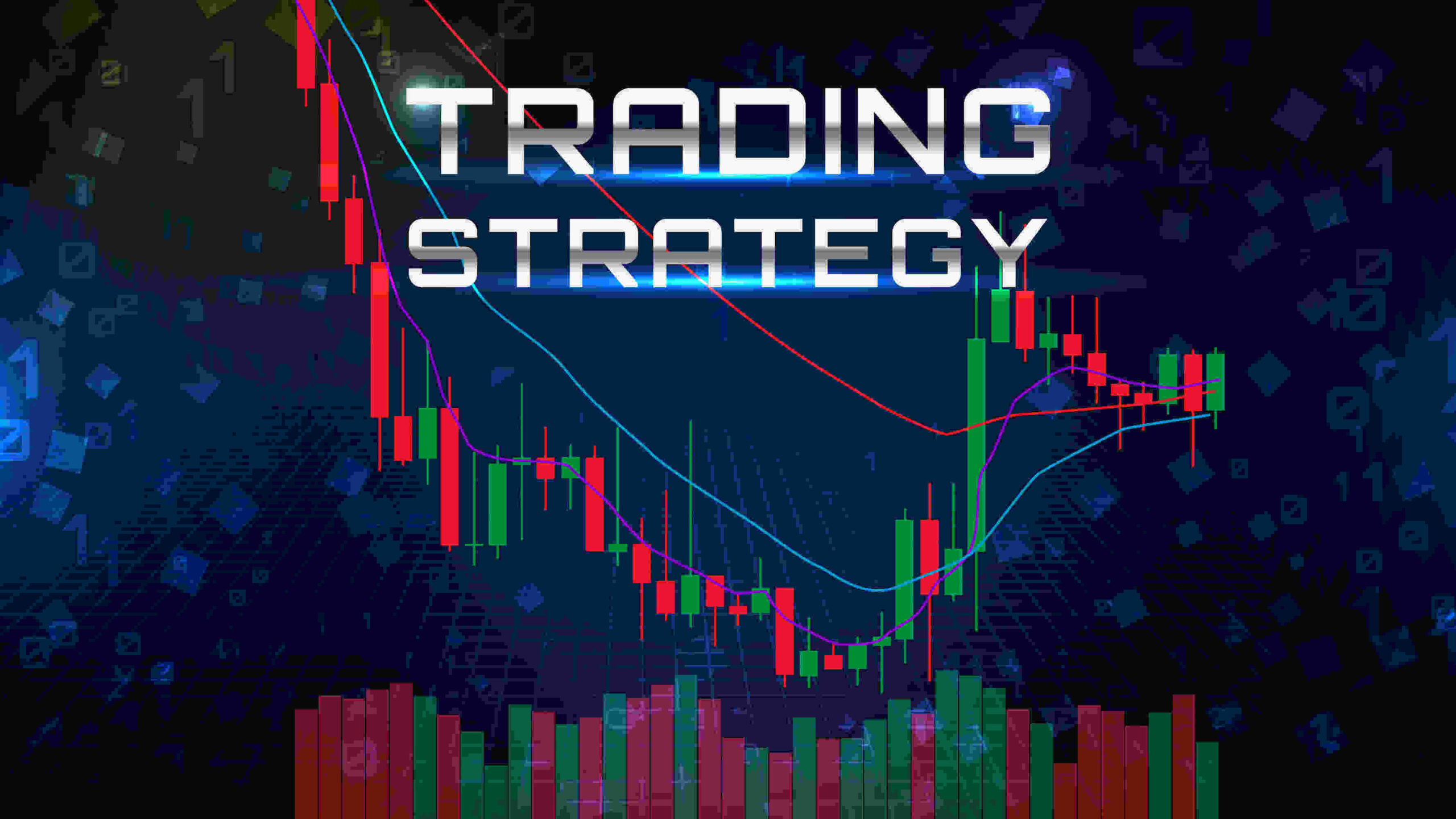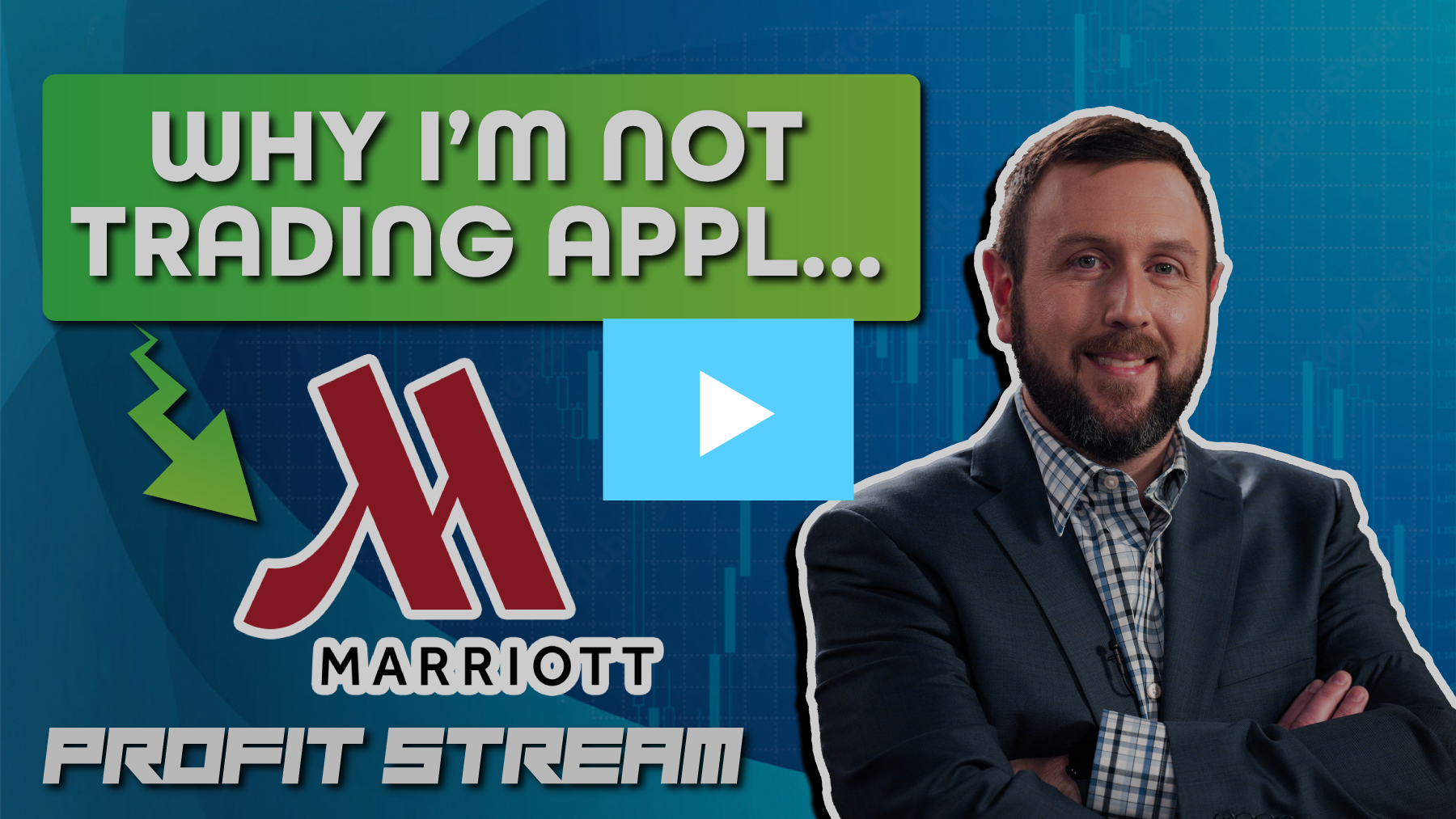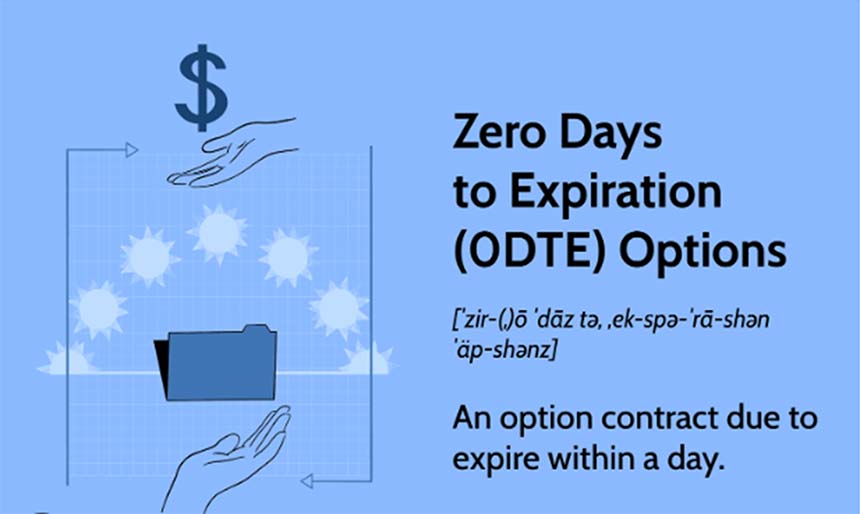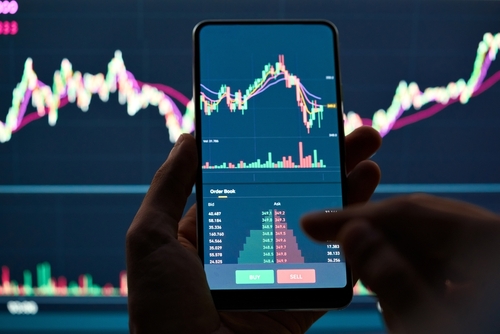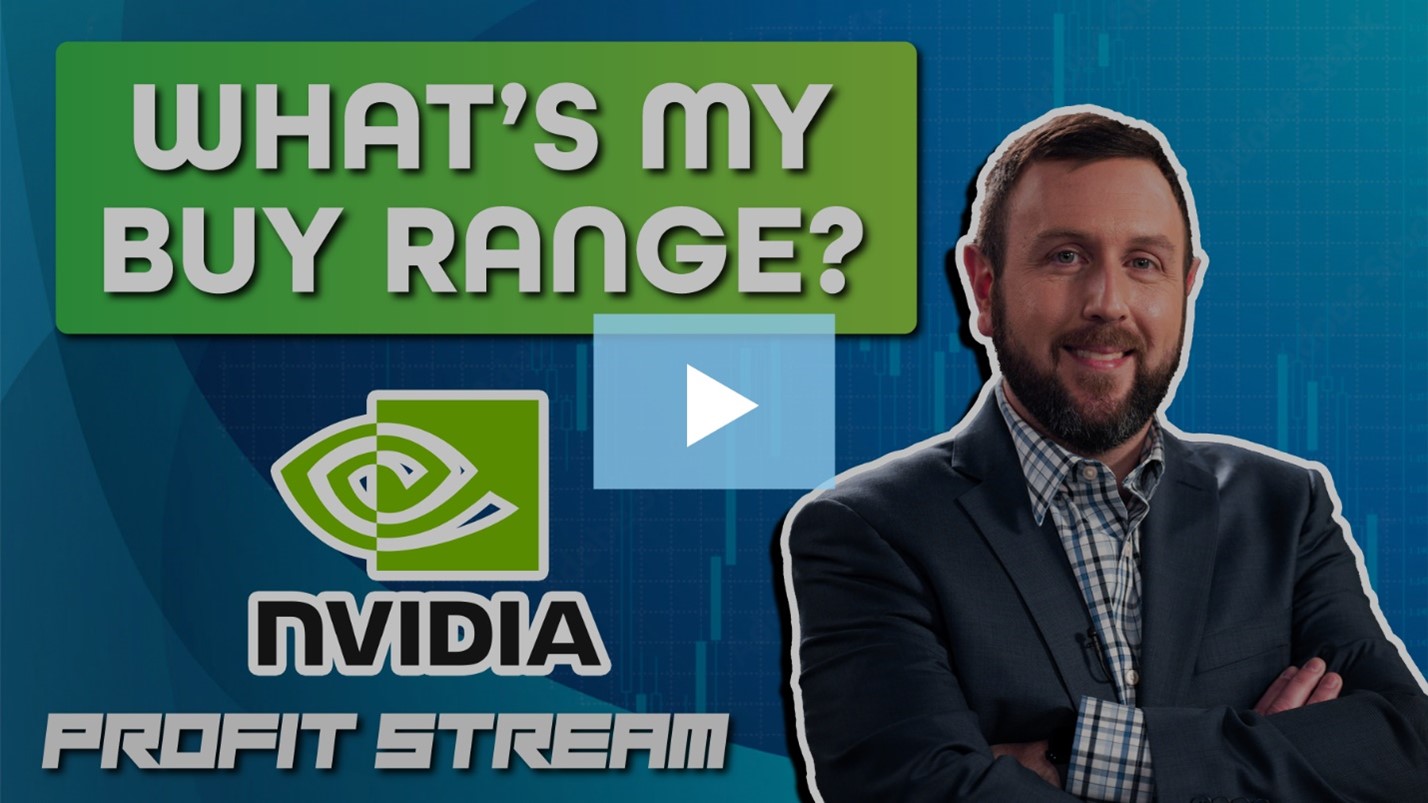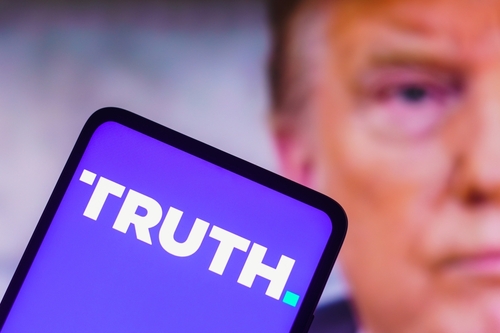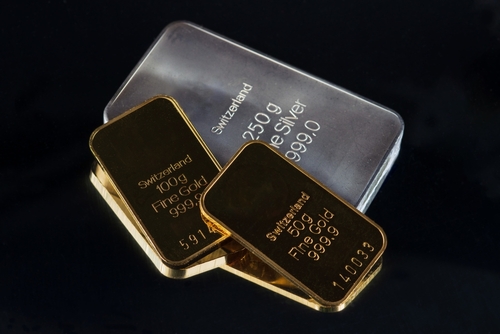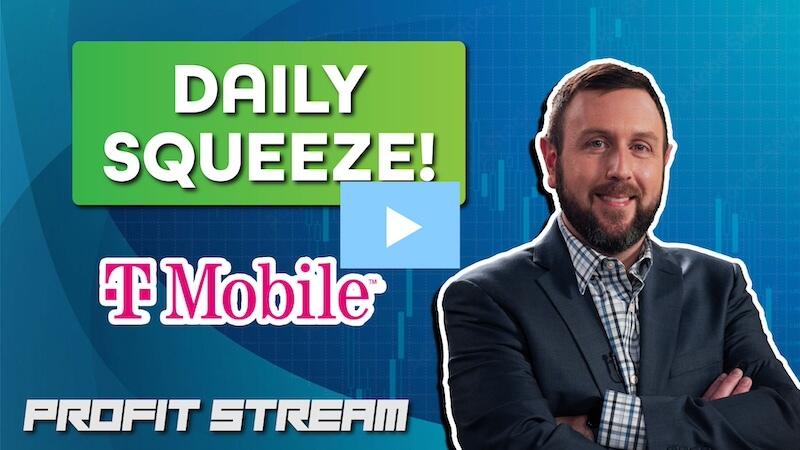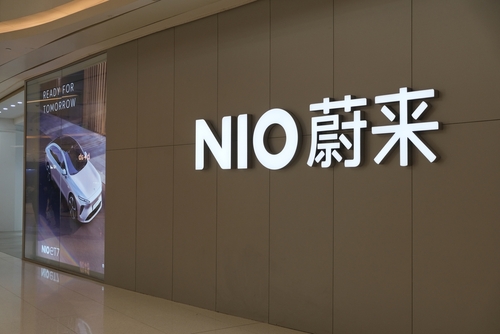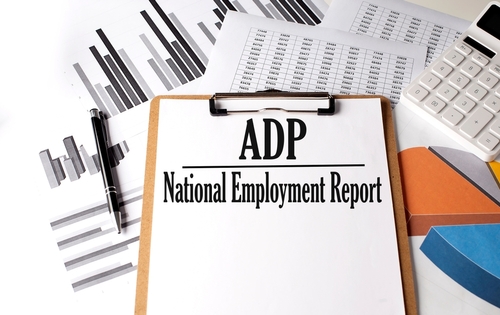My TPS System Just Caught a Bull Flag on Nvidia
After the SPY powered through resistance last week, the indexes are looking bullish.
Of course, tomorrow’s CPI report could change things.
But in lieu of a bad print, I don’t see anything stopping us from shifting back near all-time highs.
Which is why I’m looking for dip buying opportunities.
And one stock I really like this week is Nvidia (NVDA).
As you’ll see in the chart below, Nvidia has a really nice bull flag pattern setting up.

This bull flag pattern represents the “Pattern,” or the “P,” in my TPS system.
If you’re unfamiliar with how my TPS system works, I’ll explain it to you below using visuals.
It consists of three components for a potential winning trade. Let’s dive right in.
The “T” in TPS: Trend
The first letter stands for “trend.”
When you’re looking at a stock chart, you want to see consistent data pointing in one direction. It can be either direction – what’s important is that the trade goes in the same direction as the money flow.
You’ll see this in the example below for SunPower (SPWR).

Notice the upward direction? That means money is flowing into the stock.
When I make a trade, I want to ride with the tide of money flow.
Beginner traders often try to predict when a stock will “hit bottom” or “break out to the upside.”
This is usually a mistake.
Why? Because there’s no clear trend. Maybe they heard some speculative hot take on a finance website or news channel. But it was just speculation.
And I know from experience that trying to predict a stock’s direction without a clear trend is a losing game.
So before you even think about making a trade using this system, it’s crucial to identify a trend like the one you see above.
The “P” in TPS: Pattern
Next, you need a clear pattern.
Why look for a pattern? Once you’ve seen a particular pattern enough times, you have a good idea of how a stock is going to behave after it appears.
This gives you the opportunity to grow more confident in your trades.
Case in point… In the chart below, you’ll see a flag pattern on the right.
For those of you who haven’t traded before, this pattern is called a “pennant,” and it’s among the most consistent patterns you’ll see when doing chart analysis.

Other common patterns include a bearish flag, bullish flag, and ascending or descending triangle.
If you don’t see a common pattern within a chart, then scrap the trade entirely. You should be able to see a pattern both quickly and clearly.
If you have to spend more than five seconds looking for the pattern, there likely is no pattern!
However, if you notice a pattern you’ve seen before and you’re confident in how the stock will behave, then you have the second letter in the TPS system.
We’re almost there. Now let’s get to the final component.
The “S” in TPS: Squeeze
The last component in the TPS system is a squeeze. And no, I’m not talking about a short squeeze.
I’m talking about an indicator. Every chart I share with you is going to have this indicator at the bottom.
See below…

See that red area circled inside the rectangle? This is known as a “squeeze indicator.”
The truth is… every stock is like a long-distance runner.
The initial move up is like the first leg of the race.
The stock is moving quickly in one direction.
It also has periods when it’s resting and showing more sideways action.
This is when the red dots appear.

What we want to do is get into the stock during this “rest phase.” We do this because the rest period is when the volatility on the stock is compressing – and getting ready for the next “leg” of the race.
After you see a clear squeeze, you can be confident that the stock has had a chance to rest and is ready to continue in the direction of the trend.
So when you see these red dots, you’ll know you have a squeeze.
![]()
YOUR ACTION PLAN
This is the exact system I used to turn a $37,000 account into $2.7 million in verified trading profits in just 4 years.
And with Nvidia’s bull flag and the SPY trending up, the idea that the AI giant could run up into earnings on May 22nd makes all the sense in the world to me.
Since straight calls on Nvidia are currently expensive, I’ll be looking at potential long-sided trades, including call debit spreads.
To see exactly how I’m trading Nvidia, I invite you to join my 100-day AI trading sprint in Daily Profits Live.
Click here to see why I’m expecting a triple-digit gain every week in the AI sector.
P.S. While I’m looking to trade Nvidia BEFORE earnings, my colleague Bryan Bottarelli has a unique way he’s playing Nvidia the SAME DAY it announces earnings next week.
And this unique strategy has delivered impressive overnight results.
Tomorrow’s Trade of the Day email will give you the chance to sign up for his “Nvidia One Day Super Trade” event FOR FREE.
Be sure to check your inbox tomorrow so you don’t miss out.
More from Trade of the Day
The No. 1 Insider Stock for 2024?
Jul 26, 2024
Why I’m Buying This 3-month Trigger Catalyst
Jul 24, 2024
Jul 23, 2024

